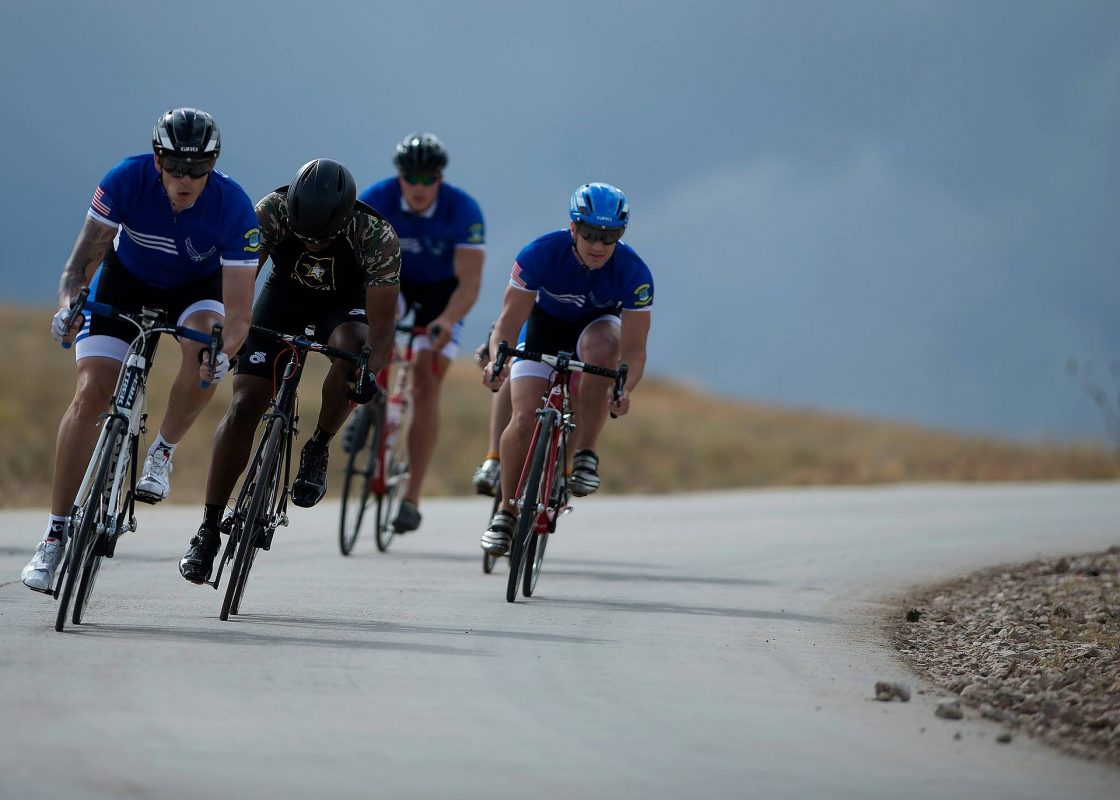Number of cyclists in Dublin on the rise despite decreased State investment

May 24th, 2018
The number of cyclists in Dublin is higher than ever despite decreased government investment in cycling infrastructure, new data has shown.
The Canal Cordon Report 2017 outlines the total number of people entering the city centre between 7am and 10am since 2006.
The report shows that in 2017 roughly 70 per cent of people who entered the city centre were on sustainable modes of transport, such as public transport, walking, cycling and taxis.
For the first time since 2006, less than 30 per cent of people used private cars.
There has been a steady growth for cyclists in Dublin in the last few years with almost 12,500 cyclists crossing the cordon during peak morning hours in 2017.
This is also the first time the number of cyclists has been higher than Luas users. The share for all modes of travel crossing the cordon was 5.9 per cent for cyclists and 5.7 per cent for Luas users in 2017.
The share of bus users is nearly equal to the number of car users in 2017, and the share of cars has decreased by over 10 per cent since 2010.
Although the findings show a positive trend toward cycling and public transport in the capital, the Green Party said that it is concerned with the level of State investment in sustainable transport.
Green Party Councillor Ciarán Cuffe said that half of the planned cycling projects in Dublin have been “mothballed” due to a lack of investment.
Government spending on cycling infrastructure dropped from almost €19 million in 2015 to €7 million in 2017.
“Grant-aid to cycling in Dublin is less than one-third of what it was five years ago, and cyclists deserve better,” Cllr Cuffe said.
While Dublin was ninth in the Copenhagenize Bicycle Friendly cities index in 2011, it declined in the next two indexes and was not in the top 20 in 2017.
There were 15 cyclist deaths in 2017, the highest number of cycling deaths in a year since 2007, and many are injured annually.
RSA figures show many of these fatal collisions took place on roads with a speed limit of 80km/h or more.
The National Cycling Coordinator with cyclist.ie, Damien Ó Tuama told The Green News that things are moving too slowly, referring to gaps at the Grand Canal cycle route and “hostile junctions” in Dublin.
A study in 2003 states motorists are less likely to collide into people who walk or cycle if more people in the area are walking or cycling.
Studies shared by the European Cyclists’ Federation say countries with lower levels of cycle use have poorer safety records.
[x_author title=”About the Author”]








